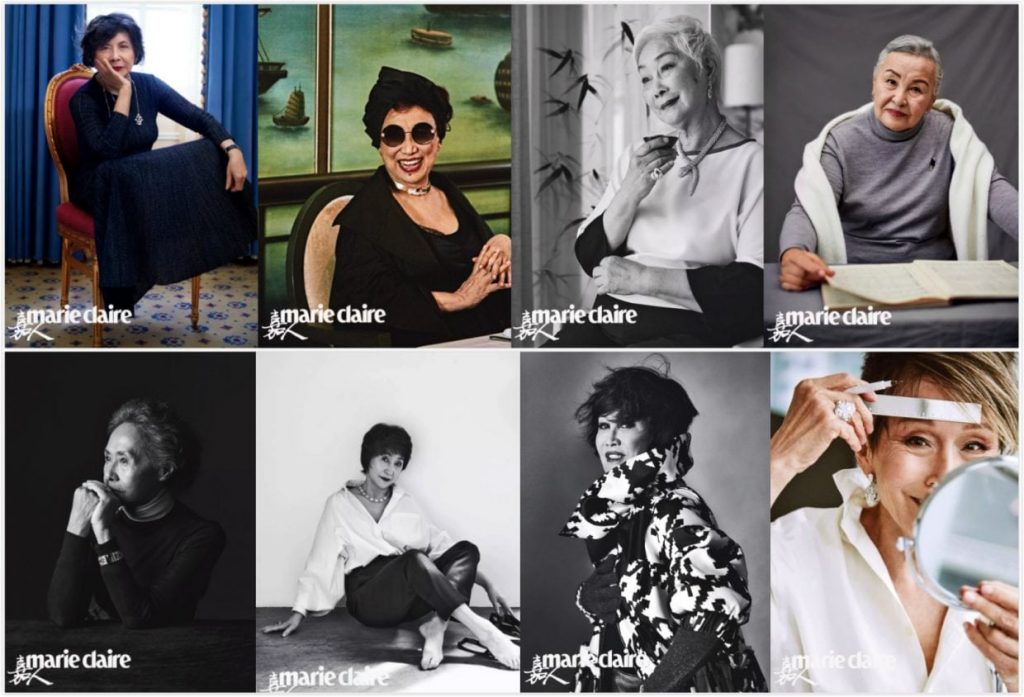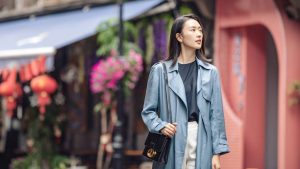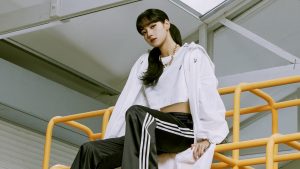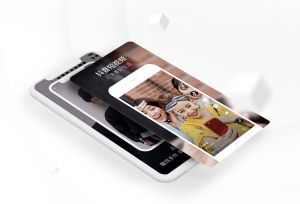This summer, China’s aflame with a surprising new wave of ancient China styles.
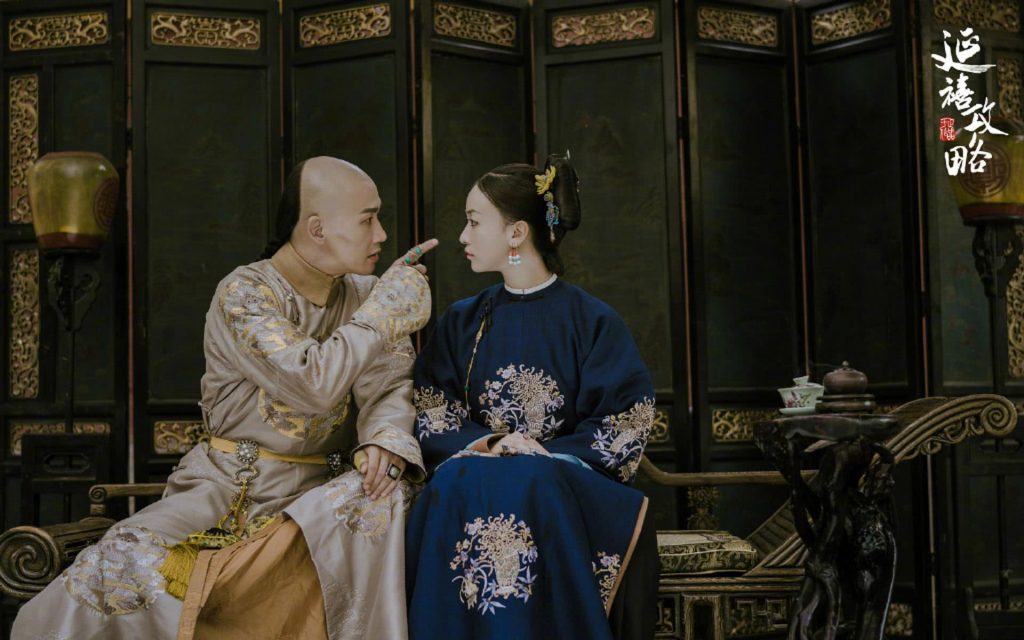
A still from “Story of Yanxi Palace”
A 70-episode TV show called Story of Yanxi Palace, which airs on the Chinese online video platform iQiyi, recently set a record for web TV show when over 700 million people (half of the nation’s population) tuned in on a single day. The show has been at the top on Weibo’s trendy list since the first episode debuted on July 19, and netizens across China are calling it a sensation.
Set in the 18th-century Qing Dynasty, the show follows the predictable yet relatable storyline of how a loyal maid climbs ‘the imperial ladder’ to eventually become the emperor’s favorite concubine. What’s not cliche, though, are the show’s well-rounded character, as well as its set and costume design. The authentic portrayal of ancient China style in the show has fashion bloggers obsessing over fashion details in long, fawning posts that track, fame by fame, all the show’s wardrobe choices – from clothing and accessories to hairstyles.
Redefines ‘Chinese luxury’
“The symmetrical scene and color coordination in the opening credit had a Wes Anderson feel,” wrote China’s top fashion blogger gogoboi. Unlike the flamboyant color most TV shows in China use, Yanxi applies a beautiful range of muted colors that delivers a sense of calm and nostalgia. The production crew was also intent on recreating historical details as accurately as they could. For example, they sought out cultural relics repairers from the Forbidden City to work on the embroidery of an emperor robe that used 18 kinds of embroidery methods and would cost more than $53,698 usd (370,000 rmb).
The show also took inspirations from history books for its plots. In the show, the main character came across sewing threads made from peacock feather and mixed with gold and silver string to make anempress dress, documenting some of the brilliant real-life achievements of the ancient Chinese textile industry.
The show’s accurate historical reference, high-level craftsmanship, and the use of precious material helped to define a new level of ‘Chinese luxury’ for audiences while exposing Chinese heritage style to a new generation of Chinese millennials. The 100 million production cost for the show’s wardrobe and props, it seems, were worth it.
It may be tricky for fans to recreate an entire outfit from the show, but Yanxibrought another new wave of lip look to the fore. Referred to as 绛唇妆, a technique used by ancient Chinese women that only touches a small part of the lip. French beauty company Guerlain is the first brand to start a Weibo campaign bases off of the trend, creating a themed lipstick color based on each character.
Distinct Female Characters
The show was also successful in portraying a group of well-liked and distinct female characters. The main character Wei Yingluo has a strong feminist bent and is a smart, independent woman who is unwilling to bow down to the imperial politics. It’s rare to see such a positive representation of women, and netizens have dubbed her a “gangsta sister” (社会姐).
Countering this character is the show’s empress, who is gentle, refined, and elegant – in other words, the ideal female character in the traditional Chinese society, a woman who places family duty (govern the harem) above personal wishes.
Bloggers have helped to give these characters icon status in many ways, the always popular Chinese blogger Mr. Bag wrote an extensive post about contemporary luxury bags that these fictional characters would wear in today’s fashion world. He granted Chanel’s Gabrielle to the main character because it’s a versatile item that’s appropriate for any scenario, similar to how Wei who is able to handle any situations smoothly.
The Hermès Kelly, on the other hand, is the perfect embodiment of the empress – both sharing a regal history and elegant air. “A super classic bag like this is the ultimate goal for girls who dream to achieve the statues of an Empress,” Mr. Bag commented.
The actress who brought Yanxi‘s characters to life, meanwhile, are now darlings of fashion magazines like Vogue, Bazaar and Elle China, and the cost for brands to sponsor them isn’t cheap. In an anonymous interview, a publicist who works with the actresses broke down the potential cost to prospective brands, “Because of the heat of this show, an actress’s promotional fee will be relatively high,” he said. “The after-tax fee for Qin Lan ( who plays the Empress) to attend a brand event would be $95,000 (650,000 RMB), and her magazine editorial content would be $4,400-7,300 (30,000-50,000 RMB). ” He said the cost varies depending on the caliber of the magazine and the type of coverage.
The story of Yanxi Palace has generated commercial opportunities in overseas market as well as in local fashion. The show’s creator, Dongyanghuanyu Film & Television Culture company, sold Yanxi‘s distribution rights to market across Europe, North American, and other Asian countries. The show garnered over 500 million hits during the first week of release, both in China and abroad. “The prospective customers were not just interested in the stories,” said Dongyang Huayu’s CEO Yang Le to China Daily, “but they were also drawn by the Chinese culture and history behind them.” But the biggest surprise from the show could be how Yanxi Palace‘s heritage-defined China style has made such an impact on the world fashion stage this summer – and with no signs of cooling off.
–This article originally appeared on Jing Daily.



